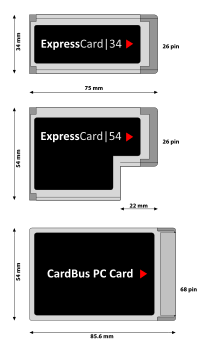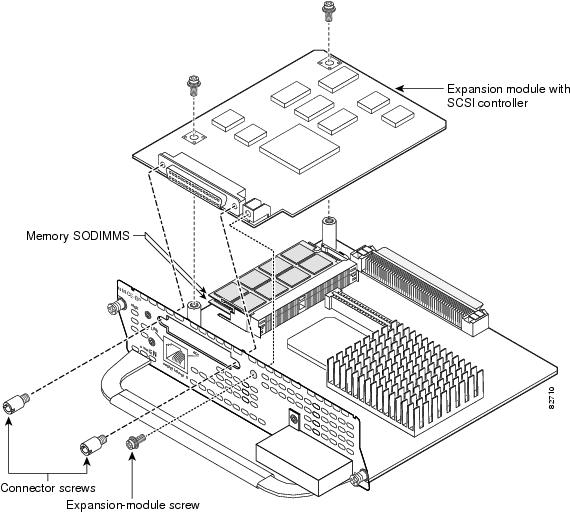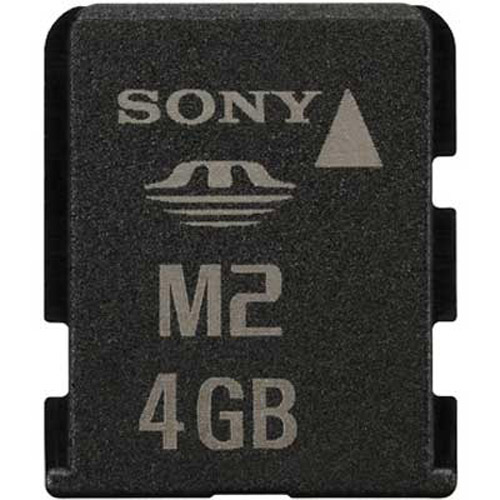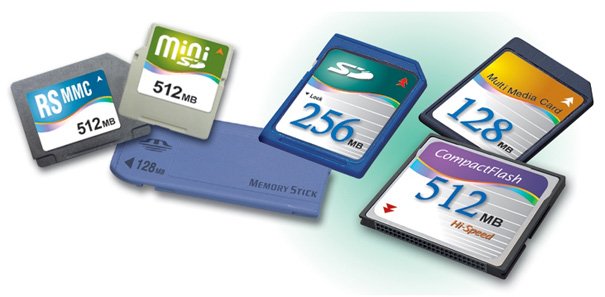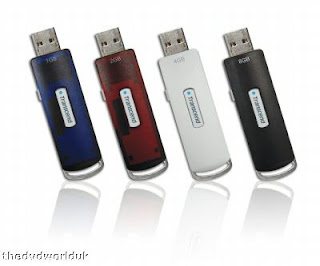SLC vs. MLC: An Analysis of Flash Memory

Single-level cell (SLC) and multi-level cell (MLC) Flash memory are similar in their design. MLC Flash devices cost less and allow for higher storage density. SLC Flash devices provide faster write performance and greater reliability, even at temperatures above the operating range of MLC Flash devices.
SLC Flash stores one bit value per cell, which basically is a voltage level. The bit value is interpreted as a “0” or a “1” and there are multiple values that an MLC cell can represent. The values can be interpreted as four distinct states: 00, 01, 10, or 11.
SLC and MLC Compared
Now that the differences between SLC and MLC have been explained, let’s compare their specifications to help further make a distinction between the two grades.
| | SLC | MLC | |
|---|---|---|---|
| Density | 16Mbit | 32Mbit | 64Mbit |
| Read Speed | 100ns | 120ns | 150ns |
| Block Size | 64Kbyte | 128Kbyte | |
| Architecture | x8 | x8 / x16 | |
| Endurance | 100,000 cycles | 10,000 cycles | |
| Operating Temperature | Industrial | Commercial | |
Advantages and disadvantages of SLC Flash and MLC Flash
| | SLC | MLC |
| High Density | | |
| Low Cost per Bit | | |
| Endurance | | |
| Operating Temperature Range | | |
| Low Power Consumption | | |
| Write/Erase Speeds | | |
| Write/Erase Endurance | | |
Please visit for more information : www.oempcworld.com
